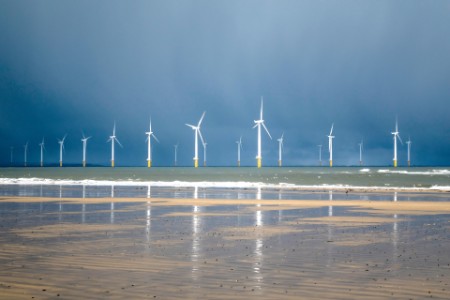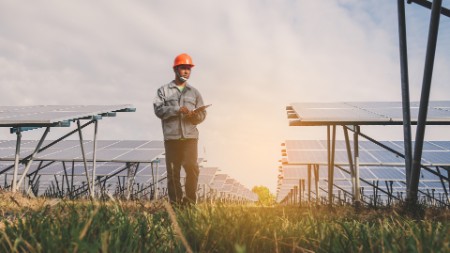
Chapter 2: France
French renewables advance onshore and off
France is to open 2GW of solar tenders, and has confirmed plans to increase its annual target to 1GW for offshore wind.
The solar tenders will be split into three independent rounds, one for rooftop and two for ground-mounted installations.
The first ground-mounted tender, expected to be for 845MW of capacity, will be opened in January, followed by a 1GW round in July 2020. A 300MW rooftop auction is to be held in February 2021.
This follows the award of 858MW to 107 planned projects in France’s latest solar auction, in March. The average tariff paid was €67.5/MWh (US$75.3/MWh) for projects between 500kW and 5MW, although larger projects will be paid a slightly lower tariff, of €59.5/MWh. The average price, of €64/MWh, was around 2% higher than the previous round.
The solar tenders will be split into 3 independent rounds, 1 for rooftop and 2 for ground-mounted installations.
Looking to the offshore market, the French Government has confirmed plans to increase the country’s offshore target to 1GW a year, up from around 750MW. According to estimates from the WindEurope trade association, that would probably translate into 6.5GW of offshore wind power being installed by 2028, equivalent to around 6% of French electricity consumption.
Meanwhile, prices also rose slightly in France’s latest onshore wind energy tender, the results of which were announced in October. Bidders will be paid an average of €66.50/MWh (US$74.2/MWh) for 567MW of onshore wind capacity, across 20 projects. This compares with €63/MWh bid for 516MW of capacity in June, in the third tender.

Chapter 3: United States
US offshore market takes to the seas
Regulators have granted the first permits for a US offshore wind farm to operate in federal waters
The approval of a pilot project off Virginia, under development by Dominion Energy and Ørsted, comes as a flurry of tender announcements and project procurements heralds an acceleration of offshore activity in the US.
The 12MW pilot, consisting of two turbines, is the first to receive approval from the Bureau of Ocean Energy Management to operate in federal waters.
It is the first stage of a planned 2.6GW project, which Dominion hopes to build in 2024-26. The 30MW Block Island wind farm has been operating off Rhode Island since 2016, but is not under federal jurisdiction.
The news follows Connecticut’s first tender for offshore wind, for up to 2GW of capacity. Bids were due to be submitted by the end of September 2019, and the state’s Department of Energy & Environmental Protection said it expects to select a preferred bidder in November.
The 12MW pilot, consisting of 2 turbines, is the first to receive approval from the Bureau of Ocean Energy Management to operate in federal waters.
In July, New York State Governor Cuomo’s signed the Climate Leadership and Community Protection Act, which sets an offshore wind target of 9GW capacity by 2035. In the same month, New York announced the winners of its first offshore tender: Ørsted and Eversource successfully bid their 880MW Sunrise Wind project, and Equinor its 816MW Empire Wind complex.
In June, Ørsted was successful in New Jersey's first offshore wind tender, with its 1.1GW Ocean Wind project, set to be the largest in the country when it is commissioned in 2024. New Jersey has a target of 3GW of offshore wind by 2030.
There are now 15 active commercial leases for offshore wind in the US, totalling 25GW of capacity, according to the American Wind Energy Association.
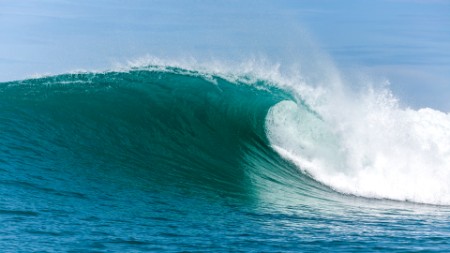
Chapter 4: United Kingdom
UK offshore wind auction promises subsidy-free power
Successful bidders of renewable energy CfD have promised to deliver without subsidy.
Winning bidders in the UK’s latest auction of renewable energy Contracts for Difference (CfD) will supply power from wind farms for less than the forecast wholesale power price, promising to deliver offshore wind without subsidy.
The Government will enter into 15-year CfDs with 12 projects, totalling 5.8GW of new capacity, of which six are offshore, four are remote-island onshore wind projects, and two advanced conversion technology projects (using biomass gasification or pyrolysis technology). The offshore wind projects made up 5.47GW of the capacity involved.
The auction cleared at a strike price of £39.65/MWh (US$51.13/MWh) for projects that will come on line in 2023/24, and £41.61/MWh (US$53.66/MWh) for those becoming operational the following year. These prices – which are in 2011-12 money, as per the auction terms – are around 30% below the last comparable auction, in 2017.
The Government will pay the projects the difference between the CfD strike price and the wholesale market price if the latter dips below the strike price. Conversely the projects will pay the Government if market prices rise above the strike price. The Government has forecast market prices of between £48.13/MWh and £51.23/MWh over that period, meaning it doesn’t anticipate paying the projects – and that the auction cleared without it committing any of the £65m worth of subsidy available in this CfD round.
However, that round is subject to an ongoing legal challenge, by onshore wind developer Banks Group, which argues that the auction rules discriminate against onshore wind projects.

Chapter 5: UK capacity market
EU approves UK capacity market, as blackout illuminates risk
The European Commission has ruled the UK’s capacity market compatible with EU state aid rules, reinstating a mechanism designed to ensure power just months after a major blackout.
The scheme – which pays generators to commit to providing extra power, or entities to reduce demand, at times of system stress – was suspended in November 2018 by the European Court of Justice, following a legal challenge from a clean energy company. It argued that the market favoured fossil-fuel generators rather than providers of demand-side response (DSR) solutions.
In October, the Commission said it did not find any evidence that DSR operators were disadvantaged, and concluded that the capacity market was “necessary to guarantee security of electricity supply in Great Britain”.
The decision will unlock around £1bn (US$1.3bn) in back payments for last winter. Additional auctions for capacity, to be provided one year, three years and four years ahead, will now take place in the first quarter of 2020.
In addition, the UK Government has already agreed to a number of changes to the market rules that will address some of the concerns of DSR providers, such as lowering the threshold for capacity market bidders to 2MW and introducing longer-term contracts.
Meanwhile, the UK was subject to a major blackout on 9 August, when more than one million customers lost power following two, almost simultaneous, power-plant outages: at the Little Barford gas-fired power plant, followed minutes later by the Hornsea offshore wind farm.
While some commentators initially suggested the growth of renewable energy made the grid less stable, National Grid’s initial report blamed a lightning strike, and its CEO, John Pettigrew, has specifically discounted growing volumes of renewables on the system as a cause of the blackout.
Equally, there is no suggestion that the UK’s capacity market would have enabled National Grid to better respond to the outage.
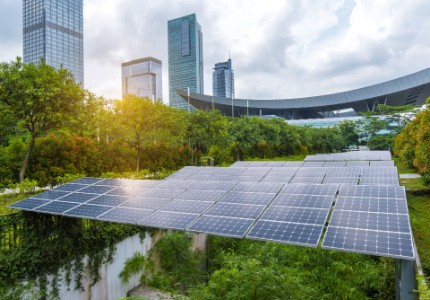
Chapter 6: Vietnam
Vietnam sees solar rush as FiT expires
More than 5GW of solar power plants are expected to be connected to the Vietnamese power grid in 2019.
Developers rushed to secure an attractive feed-in tariff (FiT) rate before its expiry on 30 June, and a new, 20% lower FiT rate for ground-mounted and floating solar has been submitted by the country’s Ministry of Industry and Trade, expected to run to the end of 2021.
As of April 2019, Vietnam had just 150MW of solar; however, a FiT rate of US$93.5/MWh triggered a rush of investment, leading to 4.46GW being connected to the grid by the end of June. Another 13 solar plants, with a combined capacity of 630MW, are scheduled to be connected.
Under the latest proposals, the FiT for rooftop solar would be maintained at the current level, but ground-mounted and floating solar would be cut to US$70.9/MWh and US$76.9/MWh, respectively.
The Government had proposed a new regime that would divide the country into four regions, with differential FiTs depending on the levels of solar irradiation. However, the latest draft applies the same tariff to the entire country.
Electricity demand is rising fast in Vietnam; it needs to add 3.5GW–4GW of new capacity each year to meet annual demand growth of around 10%.
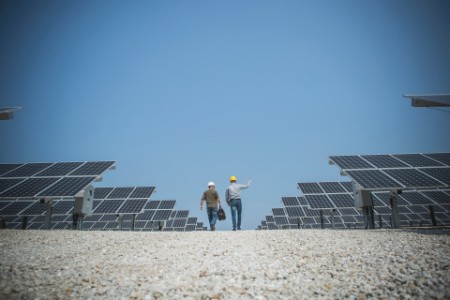
Chapter 7: China
China renewables investment tanks
Clean energy investment in China slumped 39% in the first half of 2019 compared with 2018, according to figures from Bloomberg New Energy Finance.
In the first six months of 2019, US$28.8bn was invested in renewables in China, the lowest six-monthly figure since 2013. However, Bloomberg’s analysts said the full-year decline is not likely to be so steep, with some recovery expected in the second half.
Investment in Europe and the US also fell, by 4% to US$22.2bn and 6% to US$23.6bn respectively. Globally, US$117.6bn was committed to new renewables capacity, down 14% year on year.
The fall-off in investment in China was triggered by the shift from feed-in tariffs to auctions for new wind and solar capacity. However, a nationwide solar auction in the second half of 2019 is expected to lead to a rush of new financings, BNEF said, noting that several large offshore wind deals are also expected.
Elsewhere, the Japanese and Indian markets were both up, by 3% to US$8.7bn and 10% to US$5.9bn, respectively. Investment in renewables in Spain, meanwhile, jumped 235% to US$3.7bn.
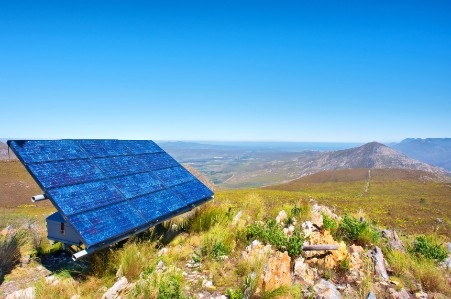
Chapter 8: Portugal
Portugal snags rock-bottom solar prices
Developers in Portugal have bid record low prices for new solar capacity, with contracts awarded at an average of €14.80/MWh (US$16.51/MWh) for 1.4GW of projects.
The tender involved 862MW of capacity awarded via 15-year power purchase agreements (PPAs) signed with the Government, and 288MW, which qualified under a variable tariff scheme that enables merchant projects. An additional 250MW was unawarded.
Big winners were French renewables developer Akuo Energy, winning 370MW of capacity, and Spanish utility Iberdrola, which successfully bid four projects totalling around 150MW.
Portuguese developers Prodigy Orbit won 50MW of capacity over four projects, Days of Luck bid in a 110MW plant, and Prosolia Portugal was awarded a contract for a 29MW project. Among other winners, Everstream Energy Management Capital successfully bid a 50MW project, German developer Enerparc bid a 18MW solar park, and Spain-based solar developer Enerland was awarded 15MW.
The price achieved broke the €17.50/MWh record set in Brazil's A-4 renewables auction in June 2018.
However, there are some serious questions as to whether the Portuguese projects will be deliverable.
Tender documents initially indicated that the prices paid through the PPAs would be indexed to inflation; however, that reference was removed, and not all developers may have noticed the change, according to observers.
Winning projects have three years to become operational.
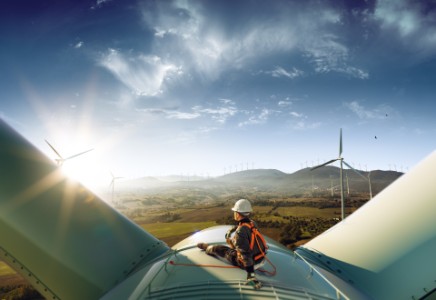
Chapter 9: Poland
Outlook brightens for renewables in Poland
The Polish parliament has set the stage for the auctioning of 3.25GW of renewables capacity this year, following a successful auction in late 2018.
Meanwhile, the Government is preparing legislation to lay the groundwork for 10.3GW of offshore wind by 2040.
Revisions to the country’s renewables legislation were passed in July, enabling the auction of 2.5GW of onshore wind and 750MW of solar this year. These also included extensions of critical interconnection agreements, but did not reverse controversial distance rules (from 2016) that chilled the country’s onshore wind market after several years of strong growth.
Despite these distance rules – which ban the installation of wind turbines closer than 10 times its blade-tip height from a residential property – Poland conducted a successful 1GW wind auction last November.
The energy ministry is due to table legislation to enable offshore wind development in the Polish Baltic Sea, with the first projects expected by 2024.
Interest is also growing in solar PV, of which 464MW was installed as at the end of 2018. The Government is targeting solar capacity of 900MW by 2020, 10.2GW by 2030 and 20.2GW by 2040.
Also, Poland has seen its first corporate PPA closed for large-scale solar. In June, local utility Polska Grupa Energetyczna announced that chemicals company Grupa Azoty will buy power from a 5MW PV project under development in south-central Poland, expected to become operational in 2022.
In October, Polish lighting company Signify signed a virtual PPA with the 42MW Kisielice wind farm in northern Poland. These 2 recent deals build on the first ever corporate PPA signed in the country, in November 2018, between Mercedes Benz and a 45MW Polish wind project.
Summary
While countries are facing different challenges and reacting to different trends across the renewables landscape, progress is ongoing towards a cleaner future.
